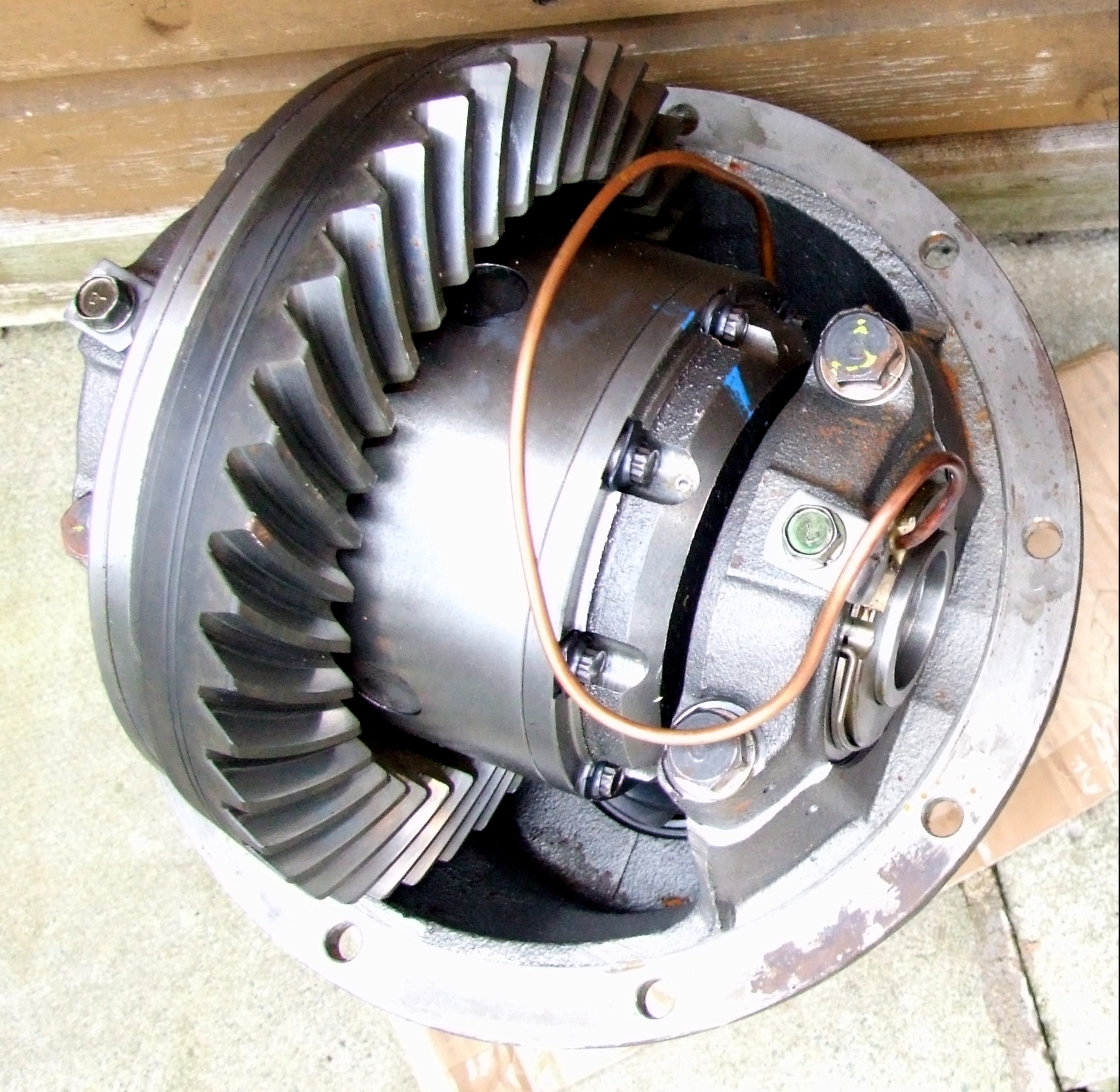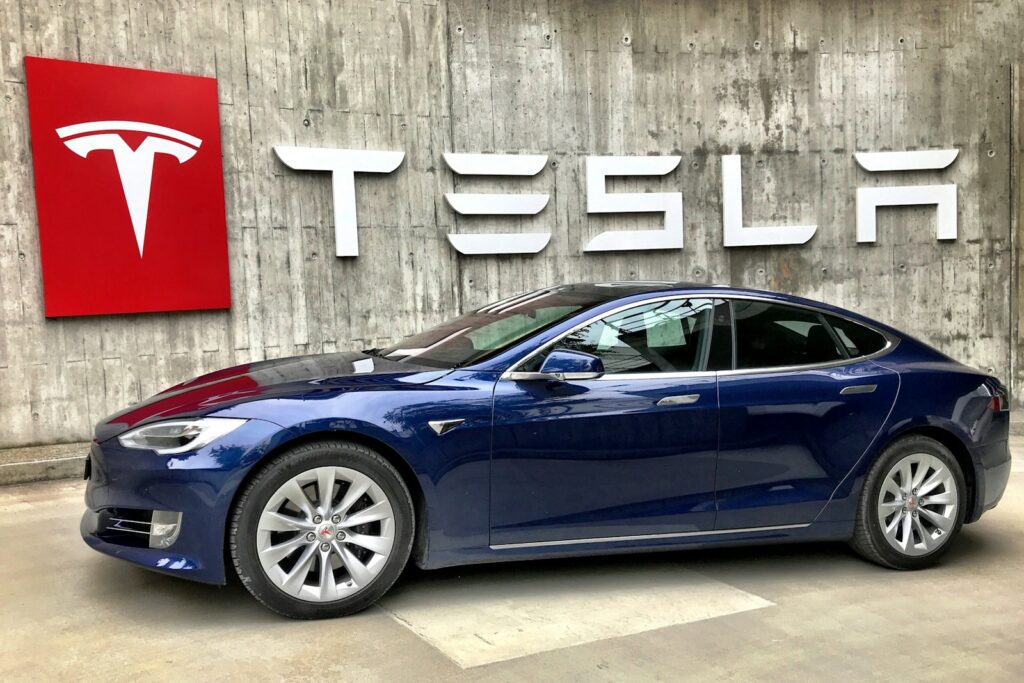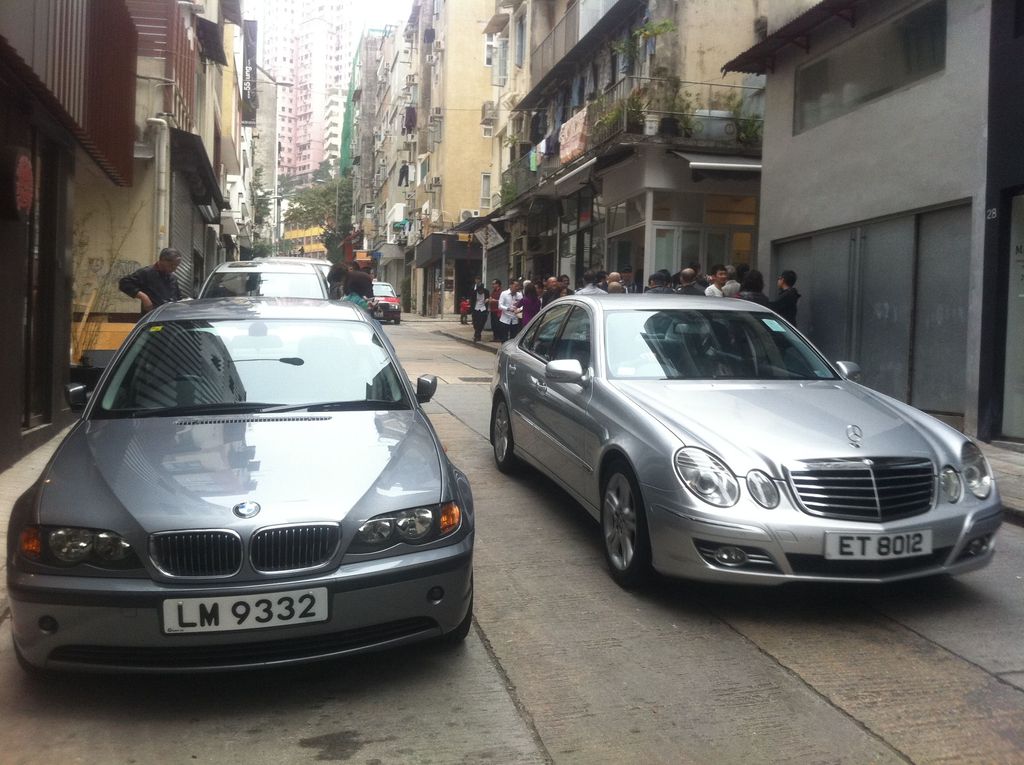
Owning a BMW or Mercedes-Benz is often seen as the pinnacle of automotive aspiration, a testament to success and a desire for premium driving experiences. These German titans are celebrated globally for their sophisticated engineering, luxurious comfort, and exhilarating performance. However, beneath the gleaming badges and promises of driving pleasure lies a financial reality that many prospective and even current owners often overlook: the surprisingly high long-term ownership costs. This isn’t just about the initial purchase price, which is substantial in itself; it’s about the consistent outlay required to keep these meticulously crafted machines running over a decade or more.
As a consumer-focused analysis, we aim to peel back the layers of marketing mystique to reveal the concrete data and real-world expenses associated with maintaining these iconic vehicles. We understand that for many, the allure of a luxury car is powerful, but informed decisions are paramount when making such a significant investment. Our objective is to arm you with practical, unbiased information, helping you comprehend the full spectrum of costs—from routine servicing to unexpected major repairs—that define the ownership journey of a BMW or Mercedes-Benz.
In this comprehensive guide, we will dissect the various components that contribute to these elevated ownership costs. Drawing on extensive data and analytical insights, we will compare BMW and Mercedes-Benz head-to-head across critical financial metrics. This deep dive is designed to empower you with the knowledge needed to navigate the luxury car market wisely, ensuring your dream car doesn’t unexpectedly transform into a budget-straining burden. We will begin by examining the overall maintenance costs over a decade, a crucial starting point for any long-term financial assessment.
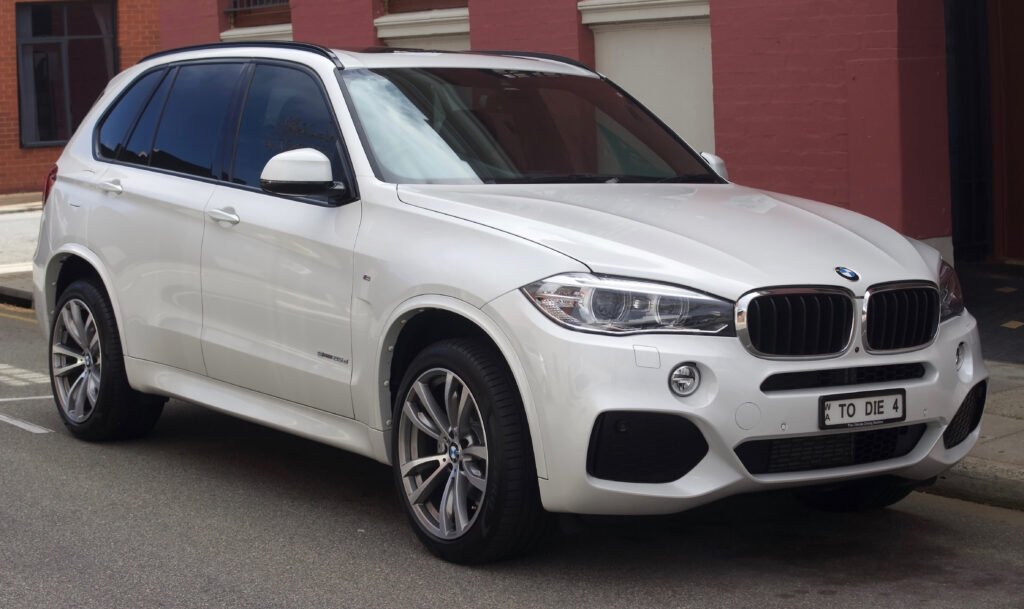
1. **Overall 10-Year Maintenance Costs (CarEdge Data)**
The question of long-term affordability for luxury vehicles often begins with a critical look at maintenance expenses. When comparing BMW versus Mercedes-Benz, the initial assumption might be that both are expensive, which is indeed accurate for German luxury brands. However, detailed figures provide a clearer picture of what owners can truly expect over the first decade of ownership.
According to CarEdge’s comprehensive analysis, there are notable differences in total 10-year maintenance costs between these two premium manufacturers. CarEdge’s data highlights that BMW vehicles incur an average total maintenance cost of $15,991 over 10 years. In contrast, Mercedes-Benz models present a slightly more favorable outlook, with an average total maintenance cost of $12,962 over the same period.
This represents a significant difference of approximately $3,029, or about 23%, making BMW demonstrably more expensive to maintain in the long run based on these specific figures. These numbers establish a baseline for understanding the financial commitment required for each brand. To put these figures into even broader perspective, it’s beneficial to compare them against other luxury brands. While Mercedes-Benz appears to have a clear advantage over BMW in this direct comparison, both brands still sit at the higher end of the spectrum for maintenance costs.
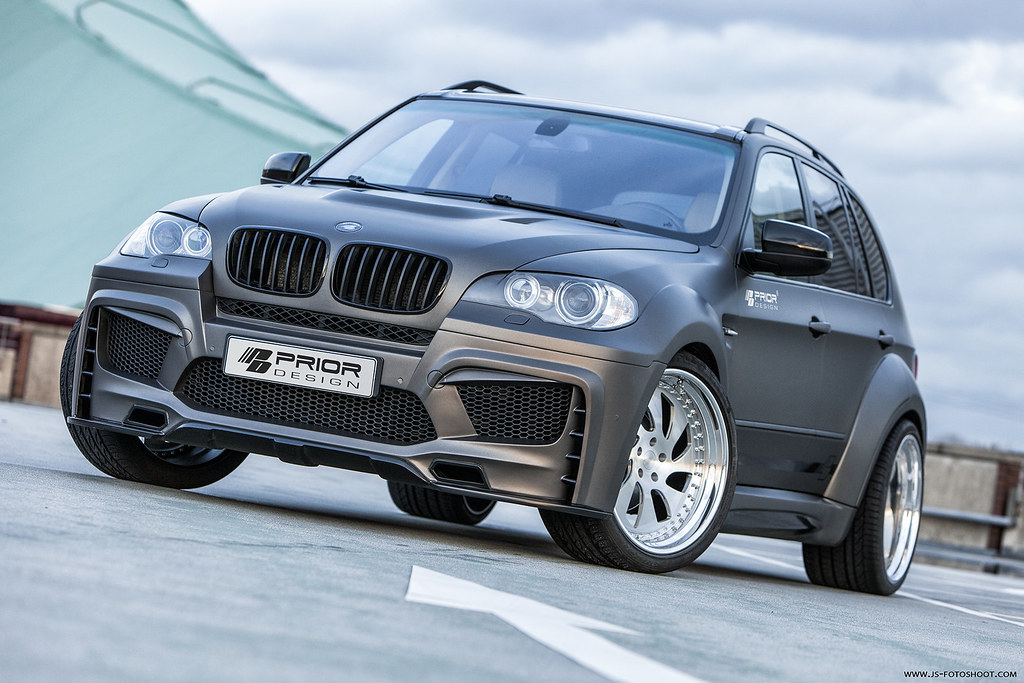
2. **Chance of Major Repair in 10 Years**
Beyond the cumulative maintenance costs, a significant concern for any car owner is the likelihood of facing a major, expensive repair. These unforeseen events can dramatically inflate long-term ownership expenses, turning an otherwise manageable budget into a financial headache. CarEdge’s analysis provides crucial data on the probability of a luxury brand requiring a major repair within the first decade of ownership, offering valuable insight into potential future costs.
For BMW owners, the chance of encountering a major repair in the first 10 years stands at a concerning 47.11%. This figure indicates that nearly half of BMW vehicles are likely to require a substantial, costly fix within this timeframe. Mercedes-Benz, while performing better than BMW, still presents a notable risk with a 41.24% chance of a major repair in 10 years.
Both percentages are considerably higher than many non-luxury brands and even some other premium competitors. When viewed in comparison to the total 10-year maintenance costs, these probabilities paint a sobering picture. The higher likelihood of a major repair for both BMW and Mercedes-Benz contributes significantly to their overall elevated ownership expenses. Such repairs often involve complex systems like transmissions, engines, or sophisticated electronic modules, where parts and labor costs can easily reach thousands of dollars. Therefore, prospective owners should factor in this higher statistical risk when evaluating the true cost of these luxury vehicles.
Read more about: Vehicle Emissions Testing: A Comprehensive Consumer Guide to Understanding and Navigating Smog Checks

3. **Market Ranking for Maintenance Cost (CarEdge)**
To truly grasp the magnitude of BMW and Mercedes-Benz maintenance costs, it’s essential to benchmark them against the broader luxury automotive market. CarEdge’s ranking of luxury brands by maintenance cost over the first 10 years provides this critical context, revealing where these German marques stand in the competitive landscape. This comparison often yields surprising results, especially when considering alternative premium options.
The CarEdge ranking places Lexus at the forefront of the premium market, boasting the lowest maintenance costs at $7,130. Other Asian luxury brands like Acura ($8,566) and Infiniti ($11,690) also perform exceptionally well, challenging the perception that all luxury vehicles demand exorbitant upkeep. Even Alfa Romeo surprisingly manages to rank better than many established players.
In stark contrast, both BMW and Mercedes-Benz find themselves positioned towards the higher end of the cost spectrum, reinforcing the idea of a “German tax” on ownership expenses. Specifically, BMW registers as third from last in this ranking, indicating a rather poor result among its peers. Its total 10-year maintenance cost of $15,991 positions it as one of the most expensive luxury brands to maintain.
Mercedes-Benz, with its $12,962 figure, neatly splits the difference, performing better than BMW but still trailing behind many other luxury contenders. Notably, most European luxury brands, including Volvo ($10,073) and Audi ($10,213), exceed $10,000 in maintenance costs over a decade, but none can touch the affordability of Lexus. This market ranking underscores that while BMW and Mercedes-Benz offer exceptional driving experiences and prestige, they do so at a significant long-term financial premium compared to many of their luxury rivals.

4. **Initial Quality vs. Long-term Reliability (J.D. Power)**
When discussing vehicle dependability, it’s crucial to distinguish between initial quality and long-term reliability, as these two metrics can tell very different stories about a car’s ownership experience. J.D. Power’s 2024 U.S. Vehicle Dependability Study provides an initial quality survey, tracking problems per 100 vehicles (PP100) after three years of ownership. While these issues are typically resolved under warranty when the car is relatively new, a higher PP100 score indicates more frequent dealer visits in the early stages, even if it doesn’t directly predict poor long-term reliability after the warranty expires.
In the J.D. Power initial quality survey, Lexus once again stands out, leading all luxury brands with an impressive 135 PP100. BMW performs commendably in this initial assessment, hitting the survey average with a score of 190 PP100. This suggests that, in their first three years, BMW owners generally experience a fairly painless ownership journey, with most issues being minor and covered by the factory warranty. This strong showing in initial quality might give a false sense of security regarding their long-term upkeep.
Mercedes-Benz, however, fares significantly worse in this initial quality ranking, registering a PP100 score of 218. This places it below the survey average (190 PP100) and behind several other luxury brands, including Cadillac (196 PP100) and Genesis (200 PP100). Even more strikingly, Audi is positioned dead last among the luxury brands with a substantial 275 PP100.
While these scores primarily reflect early warranty-covered issues, they do hint at potential underlying complexities or manufacturing quirks that could manifest as more serious, out-of-warranty problems further down the road, indirectly contributing to higher long-term costs. It’s important to remember that initial quality, though a good indicator of early ownership experience, doesn’t always directly correlate with the extensive long-term maintenance costs and major repair likelihood captured by CarEdge data. A vehicle can have relatively few problems in its first three years but then become notoriously expensive to maintain once key components begin to wear out beyond the warranty period. This duality highlights the complexity of assessing true long-term value in luxury vehicles.
5. **Average Annual Repair Costs (RepairPal Data)**
Beyond scheduled maintenance and the probability of major repairs, understanding the average annual repair costs offers another vital piece of the long-term ownership puzzle. While CarEdge’s data focuses on overall 10-year maintenance, RepairPal provides insights into the average yearly expenditure for both maintenance and unexpected repairs. This helps consumers budget for the ongoing, often unavoidable, expenses that arise even with diligent care.
According to RepairPal, the average BMW is expected to cost about $968 to maintain and repair per year. This figure, while substantial, is only $60 more than Mercedes-Benz’s estimated annual cost of $908. Interestingly, this puts BMW slightly *below* Audi, which comes in at $987 annually. These figures suggest that on an annual, averaged basis, the actual repair costs between the German rivals might be a “more close-run thing” than the CarEdge 10-year total maintenance cost suggests, where BMW had a much larger lead.
However, these average annual figures still position both BMW and Mercedes-Benz considerably higher than many other luxury and non-luxury brands. For instance, Infiniti averages $638, Volvo $769, and Lexus a remarkably low $551 per year in repair and maintenance costs. This comparison clearly illustrates that while the gap between BMW and Mercedes might be narrower on an annual repair basis, both brands still demand a significant financial commitment compared to the market average and especially compared to Asian luxury alternatives.
Even when examining specific popular models, the costs remain high. For example, comparing the most popular compact SUVs from both brands – the BMW X3 and the Mercedes-Benz GLC – the figures are notably similar and high. The Mercedes GLC narrowly loses out with an expected annual maintenance and repair cost of $1,039, compared to the BMW X3’s $1,034. These granular comparisons reinforce that regardless of model choice within these brands, owners should prepare for substantial yearly expenditures to keep their vehicles in optimal condition.

6. **Depreciation: The Silent Money Killer**
While discussions about long-term ownership costs often revolve around maintenance, repairs, fuel, and insurance, one of the most significant and often overlooked financial drains is depreciation. This “silent money killer” refers to the rate at which a vehicle loses its value over time, directly impacting its resale value and the actual cost of ownership from the moment it leaves the dealership. For luxury cars like BMW and Mercedes-Benz, depreciation can be particularly brutal.
Luxury cars are notorious for depreciating rapidly, and both BMW and Mercedes-Benz models are no exception. For instance, a BMW 3 Series can expect to lose approximately 45% of its value in the first three years and a staggering 60% over five years. The Mercedes C-Class performs slightly better, with around 40% depreciation in three years and 55% over five years. Moving up the range, a BMW 5 Series might see a 50% loss in three years and 65% in five, while a Mercedes E-Class depreciates by about 45% in three years and 60% over five years.
To put this into stark perspective, a BMW 5 Series initially costing $60,000 could be worth just $21,000 after five years. This substantial loss in value far outweighs the annual maintenance or repair costs for most owners. The higher the initial purchase price, the larger the absolute dollar amount lost to depreciation. This makes buying a brand-new luxury vehicle a particularly expensive proposition, as the steepest depreciation curve occurs immediately after purchase.
Understanding and mitigating depreciation is crucial for smart luxury car ownership. One of the most effective strategies is to purchase a used vehicle, ideally one that is 1-3 years old. This allows a previous owner to absorb the most significant depreciation hit, providing a much better long-term value proposition for the second owner. Additionally, avoiding rare colors or highly specialized trims can help minimize losses, as mainstream specifications generally have better resale appeal and broader market demand. Depreciation, therefore, stands as a paramount factor in the overall long-term cost of owning a BMW or Mercedes-Benz, often eclipsing all other expenses combined.

7. **Insurance Premiums: The Unforeseen Expense**
Beyond the purchase price, maintenance, and repair costs, insurance represents another substantial ongoing expense for luxury car owners. Premiums for BMWs and Mercedes-Benz can significantly inflate overall ownership costs, frequently surprising new owners. This isn’t just about driving records; inherent characteristics of these high-end vehicles heavily influence annual payments.
Luxury cars cost more to insure due primarily to expensive parts, which directly translate into higher claims costs for repairs after accidents. Additionally, certain luxury models, such as the BMW X5 and Mercedes GLC, have higher theft rates. This increased risk of loss further drives up insurance expenses for insurers.
To illustrate, annual insurance for a BMW 330i can range from $1,800 to $2,400, while a Mercedes C300 typically falls between $1,700 and $2,300. Performance models like the BMW M3 or Mercedes-AMG C63 can exceed $3,000-$3,200 annually. Bundling policies or increasing deductibles are practical steps to potentially mitigate these substantial figures.
Read more about: Beyond the Badge: Uncovering the True Financial Realities of Owning a Classic Porsche 911
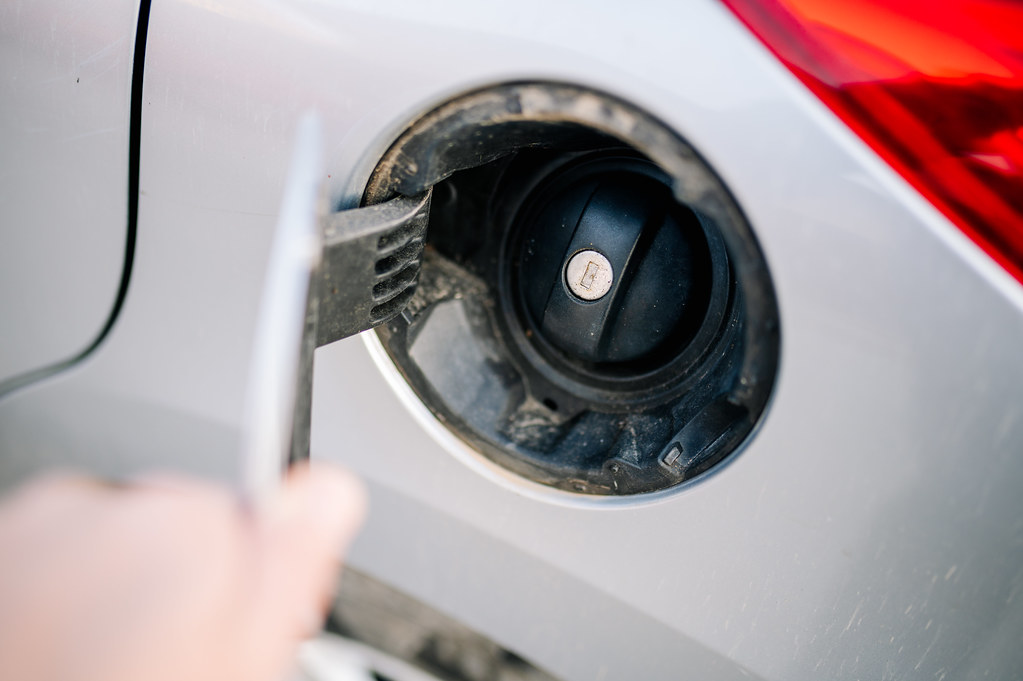
8. **Fuel and Tire Costs: Constant Outlays**
The operational expenses of owning a BMW or Mercedes-Benz extend to include regular outlays for fuel and tires, surprisingly contributing significantly to long-term costs. While major repairs get attention, these everyday consumables represent a constant financial drain. The performance characteristics of these vehicles, combined with specific component requirements, drive these costs higher than for mainstream alternatives.
Fuel efficiency is a critical factor. Many powerful BMW and Mercedes models are not designed for economy; a BMW 540i averages 22 MPG combined, and a Mercedes E450 gets 23 MPG. High-performance AMG and M models plummet to 15-18 MPG and almost invariably require premium fuel. Owners thus consume more fuel at a higher price per gallon, compounding expenses over time.
Tires, often a “silent budget drain,” present another substantial ongoing cost. Many BMWs use expensive run-flat tires, costing $300-$500 per tire. Performance summer tires on AMG and M models are even pricier, at $400-$800 each. Higher wear rates on these performance tires lead to more frequent replacement, ensuring a continuous cycle of substantial expenditure.
Read more about: Beyond the Sticker Price: Uncovering the True Financial Commitment of Car Ownership

9. **Engineering Complexity and Common Repairs**
The sophisticated engineering defining BMW and Mercedes-Benz, while contributing to legendary performance and luxury, also introduces complexity that significantly elevates repair costs. This intricate design, coupled with high-end materials, means fixes are often more involved and expensive. Understanding these common repair specifics is crucial for managing expectations and budgets effectively.
Mercedes models generally incur slightly higher repair costs for major components, largely due to advanced technology and specialized luxury parts. Issues frequently surface with air suspension components ($2,000-$4,000), complex electronic modules, and “electrical gremlins” like sensor failures and infotainment glitches, all leading to costly fixes.
On the BMW side, the focus on sporty driving dynamics often leads to higher engine and suspension repair costs, especially on performance models. Common problems include cooling systems and turbochargers; the N63 V8, for instance, is notorious for oil leaks and fuel pump issues ($3,000+ repairs). Both brands mandate genuine parts with premium price tags, making pre-purchase inspections ($200-$300) vital to avoid significant unforeseen repair costs.
Read more about: Beyond the Boarding Pass: 14 Eye-Opening Airport Realities Every Traveler Needs to Unmask

10. **Model Year and Version Impact on Costs**
The specific model year and version of a BMW or Mercedes-Benz can dramatically influence long-term maintenance costs. Newer models, with their latest technological advancements like advanced driver-assist features and hybrid powertrains, introduce complexity that translates into higher potential repair bills, requiring specialized diagnostics and more expensive components.
Conversely, older models, while cheaper to acquire, can present different financial challenges. They are more susceptible to worn-out parts and less efficient systems requiring frequent repairs. Certain model generations from both brands are notorious for high maintenance demands, such as specific BMW turbocharged engines or early 2000s Mercedes models.
Variations among different versions within a model line are equally impactful. Performance-oriented M-version BMWs and Mercedes AMG models inherently carry higher upkeep costs due to specialized high-performance parts, more frequent service intervals, and greater component stress. Thoroughly researching the specific year and trim level is essential for predicting future expenses.
Read more about: 2025 Volkswagen ID.4: The Comprehensive CNET Guide to Its Family EV Credentials

11. **Warranty and Maintenance Packages: Strategic Protection**
Navigating the high long-term ownership costs of BMW and Mercedes-Benz often involves exploring protective measures like warranties and maintenance packages. These programs aim to soften the financial blow of expensive repairs and routine servicing, providing predictability and control over budgeting. Understanding their inclusions is crucial for strategic expense management.
Standard factory warranties typically cover three years or 36,000 miles, encompassing factory repairs and basic maintenance for new vehicles. For extended ownership, however, these initial warranties may be insufficient. Many owners therefore opt for extended warranties or prepaid maintenance packages, which cover routine services like oil changes and inspections.
More importantly, these packages protect against unexpected major repairs to high-cost components such as transmissions or turbochargers. BMW’s “Service Inclusive” and Mercedes-Benz’s “Star Service” cover routine maintenance at a fixed cost, potentially saving thousands over time compared to piecemeal dealership services. Careful comparison of these offerings is highly recommended.

12. **Proactive Strategies to Reduce Expenses**
For those committed to the BMW or Mercedes-Benz luxury driving experience but keen to mitigate high long-term ownership costs, several proactive strategies can make a significant difference. Smart habits and informed decisions can extend vehicle lifespan and reduce unexpected financial burdens, making ownership more manageable.
A fundamental strategy involves diligently adhering to manufacturer-recommended service intervals. Regular oil changes, tire rotations, and brake inspections are essential preventive measures that keep the vehicle running smoothly and catch minor issues early, preventing them from escalating into major, expensive repairs. Neglecting these basics accelerates wear and tear on critical components, leading to higher costs.
Another effective approach is seeking independent mechanics with dealership certifications specializing in European luxury cars. These shops often charge 30-50% less for labor than authorized dealerships while using quality aftermarket parts. Additionally, simple self-checks of fluid levels, tire pressures, and filters, alongside responsible driving habits—avoiding aggressive acceleration and hard braking—can significantly prolong component life and reduce costly interventions.
Read more about: Navigating the 2025 Car Warranty Changes: A Consumer Reports Guide to Protecting Your Used Car Investment

13. **The Long-Term Cost-Effectiveness Verdict**
The long-term cost-effectiveness of owning a BMW or Mercedes-Benz hinges on a complex interplay of factors, not a simple answer. Both brands demand a premium, but individual ownership experiences vary widely based on meticulous maintenance, specific model choices, and driving behaviors.
Generally, BMWs often show slightly lower initial maintenance costs but might require more frequent repairs, especially with high-performance models. Mercedes, while potentially incurring higher upfront and major repair costs, can offer better long-term durability if serviced rigorously. This commitment to maintenance could balance overall expenses, potentially leading to fewer unexpected breakdowns and historically higher resale value.
Read more about: Comparing 2025 Small and Compact EVs: A Data-Driven Guide to Real-World Range and Value for Savvy Consumers
The decision isn’t just about which is cheaper, but which aligns best with an owner’s priorities for driving experience, maintenance commitment, and tolerance for repair complexities. An informed buyer, coupled with proactive maintenance and prudent driving, can navigate the “luxury car trap.” This ensures their dream car remains a source of pride rather than a budget-straining burden, acknowledging that both brands offer unparalleled driving experiences, but at a cost.



